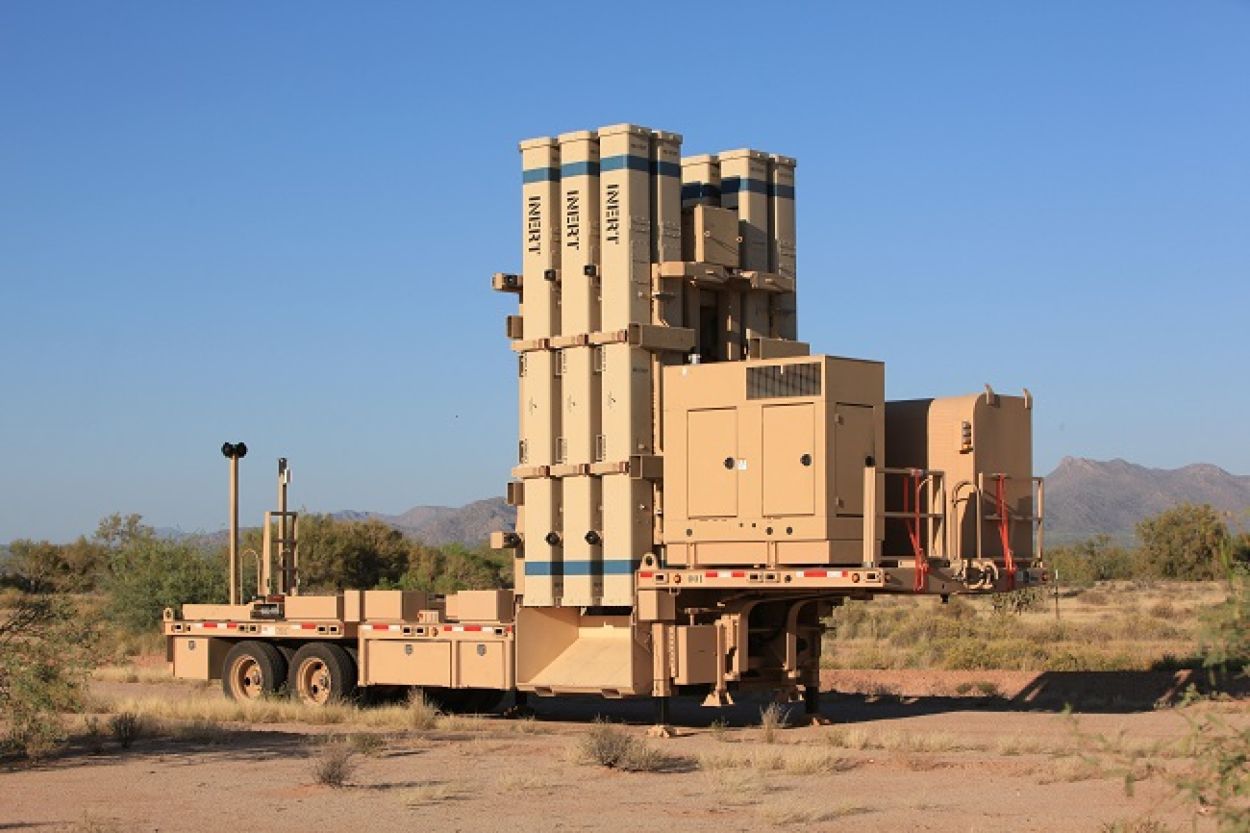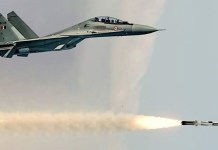Russia’s perceived security threat could register yet another rise as NATO’s newest member, Finland, which shares a mammoth border with the country, is reportedly in the final stages of negotiating a defense cooperation agreement with the United States.
The news was reported by local Finnish publications, YLE and Helsingin Sanomat, on October 30, citing their respective sources. The people with knowledge of the matter told the media that the negotiations may be wrapped up as early as this week, which essentially means that a political decision to reach an agreement could be made the following week.
As per reports, there are only a few remaining legal issues that are being worked upon by the two sides. In essence, by strengthening and defining the cooperation within the framework of NATO, the agreement would determine how US forces can operate in Finland.
Finland is expected to provide US forces exclusive access to locations for storing vehicles, weapons, and other equipment needed to conduct military drills in Finland, as well as access to several secret garrisons and military outposts, harbors, and likely an airport, according to speculations in the media. However, there will be no establishment of a permanent US base.
According to reports, the US troops would likely secure access to their buildings and training grounds, be able to store and repair equipment and be allowed to enter the nation for exercises at any time within the parameters established by the agreement.
Moreover, the deal was initially anticipated to lead to more joint drills rather than the transfer of a sizable number of US troops and weaponry to Finland, according to the newspaper. EurAsian Times could not independently corroborate these claims made by the local media.

However, a defense cooperation agreement has been in the works between the two states for over a year and has only seen dedicated work since Finland became the youngest NATO member on April 4, 2023.
Reports from August revealed that three rounds of negotiations had been completed by then and that concluding the negotiations was reportedly a prerogative under Finland’s new Government Programme.
Moreover, the Finnish Ministry of Foreign Affairs earlier noted that the agreement will address practical issues with troop entry, pre-storage of equipment, and taxation within Finland. Additionally, it stated that the US would be allowed to invest in Finland’s military infrastructure using funds provided by Congress.
Local reports also stated that the legal status of the troops — that is, whether they are under Finnish or US jurisdiction — will be one of the issues the agreement will resolve. Finland could ask for restoring its authority in some problematic situations, such as crimes against the health and well-being of others or crimes of social significance, even though the US would still have jurisdiction in contested matters.
Although there had been a preliminary agreement on defense cooperation for years, the conversations did not begin until last year, following Russia’s full-scale invasion of Ukraine. The US has made similar agreements with several other NATO and some non-NATO countries.
The Finnish ministry stated that the start of talks demonstrates Washington’s commitment to security in Finland and Europe, characterizing the US as the most important external actor in Northern Europe. Finland and the UK inked a similar security assurance deal last May.
The agreement, however, comes at a time when tensions are running high between Russia and NATO in the wake of increased hostilities with Ukraine. Russia described the accession of Finland to NATO as crossing red lines, which also warned Finland and NATO of consequences. With a defense agreement in the works between the US and Finland now, the tensions could see another round of uptick.
Tensions Refuse To Abate Between Russia & Finland
Earlier this month, Russia’s Prime Minister Mikhail Mishustin signed a decree terminating the 2012 agreement with Finland, which was meant to promote cross-border cooperation. Since Russia launched an invasion of Ukraine, all cross-border engagements have remained unofficially terminated.
The Finnish ambassador, Antti Helantera, was called by Russia’s Foreign Ministry to deliver a diplomatic message regarding the breakup of their cross-border cooperation arrangement.
The ministry stated on its website that it took this decision in response to Finland’s “confrontational actions” against Russia, which included severing trade, economic, and interregional connections and enacting a policy that discriminated against Russians receiving visas based on their national origin. As stated by the government, the agreement will expire on January 24, 2024.
Since Russia began its war on Ukraine in February 2022, relations between Finland and Russia have been tense. Finland shares a 1,340-kilometer-long border with Russia. Finland’s joining of the NATO alliance meant that the NATO sits right across the border, which triggered a fierce response from Russia.
While Russia does not believe NATO in Finland is as an immediate threat as Ukraine, it has still maintained its standard line critical of NATO expansion. As Finland officially joined the alliance in early April, Russia carried out a significant show of force by conducting military drills that involved close air support (CAS), ground attack, aerial bombing, and maneuvers by infantry fighting vehicles (IFV) and ships of the Baltic Sea Fleet.

On its part, Finland upped the ante against Russia as it announced it would purchase the US-Israeli David’s Sling long-range air defense system for €316 million (US$345 million) just a day after joining the alliance. This purchase is expected to raise the stakes in Russia’s neighborhood dramatically.
Responding to the threat posed by Finland becoming a NATO member, Russia vowed to “strengthen its military potential” along its border with Finland. Russia’s Deputy Foreign Minister Alexander Grushko said, “If forces and assets of other NATO members are deployed in Finland, we will take additional steps to ensure Russia’s military security reliably.”
It has somewhat followed suit. For instance, the Russian armed forces carried out a planned exercise in August, employing the Bastion coastal missile systems to strike simulated naval targets in the Gulf of Finland. The Bastion coastal missile system is tailored to safeguard a coastline spanning more than 600 kilometers.
As reported by EurAsian Times last week, Russia is planning to base small, heavily armed missile boats in a lake in its far northwestern territory as another firing point into the Baltic Sea, Finland, and the Gulf of Finland, as tensions with NATO show no signs of abating.
- Contact the author at sakshi.tiwari9555 (at) gmail.com
- Follow EurAsian Times on Google News




